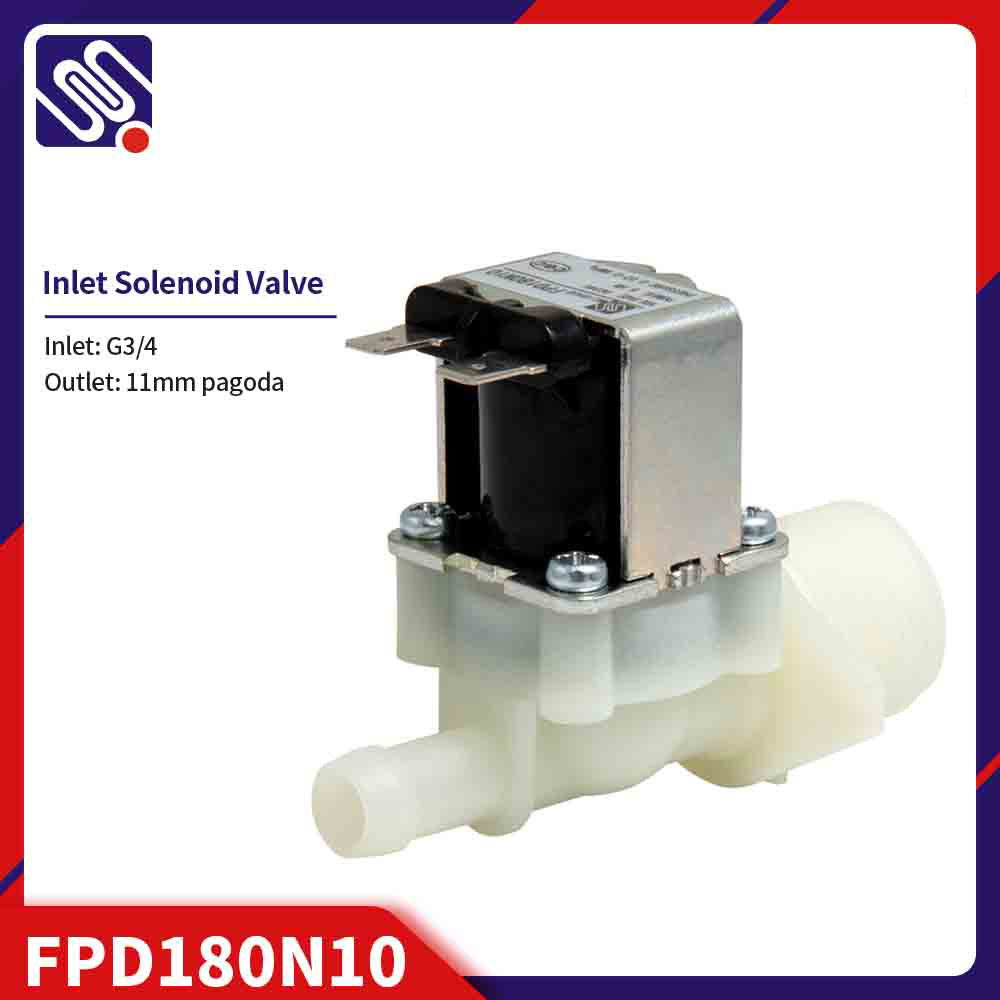Solenoid valves are critical components in various fluid control systems, especially when it comes to regulating the flow of liquids. These valves use the electromagnetic principle to automatically control the flow in pipelines, making them an essential tool in industries ranging from water treatment to manufacturing. This article explores the key components, working principle, types, and diverse applications of solenoid valves for liquid control.

Key Components of a Solenoid Valve At the heart of any solenoid valve is the solenoid—an electromagnetic coil that creates a magnetic field when energized. This magnetic field drives the movement of a plunger or armature, which opens or closes the valve to control the flow of liquid. The valve is designed with seals to ensure a leak-proof operation when the valve is closed, providing efficient fluid control. The solenoid valve may consist of various other components, such as: Valve body: Houses the internal components and connects to the piping system. Orifice: The opening that controls the passage of liquid.